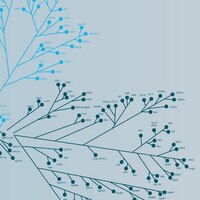14-687 Sigma-Aldrichp38α/SAPK2a (T106M) Protein, active, 10 µg
Active, N-terminal GST-tagged, recombinant, human, full-length p38α/SAPK2a containing the mutation T106M. Activated using DD-MKK6 & repurified using glutathione-agarose. For use in Kinase Assays.
More>> Active, N-terminal GST-tagged, recombinant, human, full-length p38α/SAPK2a containing the mutation T106M. Activated using DD-MKK6 & repurified using glutathione-agarose. For use in Kinase Assays. Less<<Recommended Products
Overview
| Replacement Information |
|---|
| References |
|---|
| Product Information | |
|---|---|
| Quality Level | MQ100 |
| Physicochemical Information |
|---|
| Dimensions |
|---|
| Materials Information |
|---|
| Toxicological Information |
|---|
| Safety Information according to GHS |
|---|
| Safety Information |
|---|
| Storage and Shipping Information | |
|---|---|
| Storage Conditions | 1 year at -20°C from date of shipment |
| Packaging Information | |
|---|---|
| Material Size | 10 µg |
| Transport Information |
|---|
| Supplemental Information |
|---|
| Specifications |
|---|
| Global Trade Item Number | |
|---|---|
| Catalog Number | GTIN |
| 14-687 | 04053252369520 |
Documentation
p38α/SAPK2a (T106M) Protein, active, 10 µg SDS
| Title |
|---|
p38α/SAPK2a (T106M) Protein, active, 10 µg Certificates of Analysis
| Title | Lot Number |
|---|---|
| p38#945;/SAPK2a (T106M) , active - 1590325-A | 1590325-A |












